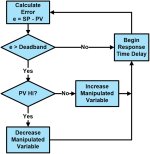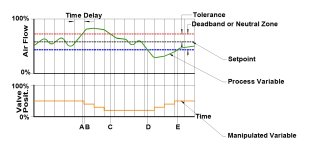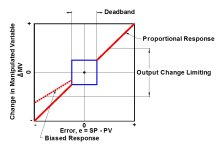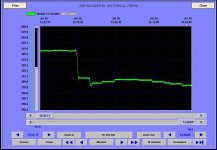TL140
Lifetime Supporting Member
Kinda off on a tangent, but I know how PID loops are the go-to for analog process control. Are there any other types of control algorithms you guys have seen used in industry?
we created our own corrective action loops for test equipment.
cycle #1 - push at 5000 lbs, actual 4000 - make a 200 lb correction.
repeat cycle and adjust as necessary.
by the time we got to cycle #6, it was within 50 lbs for example and got even tighter the more the system was run on the part.
james
Tom and/or Peter would either of you care to share any logic you have wrote for Floating Control? I built a PID trainer that I will be selling soon and would like to add examples of Floating Control or can you go into a little more detail on how it works?... im still working out some bugs with the control side of things but once thats done I plan on writing a couple of PID samples, that show different reaction speeds
https://www.plccable.com/miniature-machine-plc-trainer-pid-proportional-integral-derivative/.
If you dont have any code that you want to share can you just elaborate a bit, is it just a manual loop (on/off) that you create by using logic ?



ID without P doesn't make sense. Anything that is similar to a PID works by placing the closed loop poles. If the control method can't place the closed loop poles at the optimal locations is is not good.

